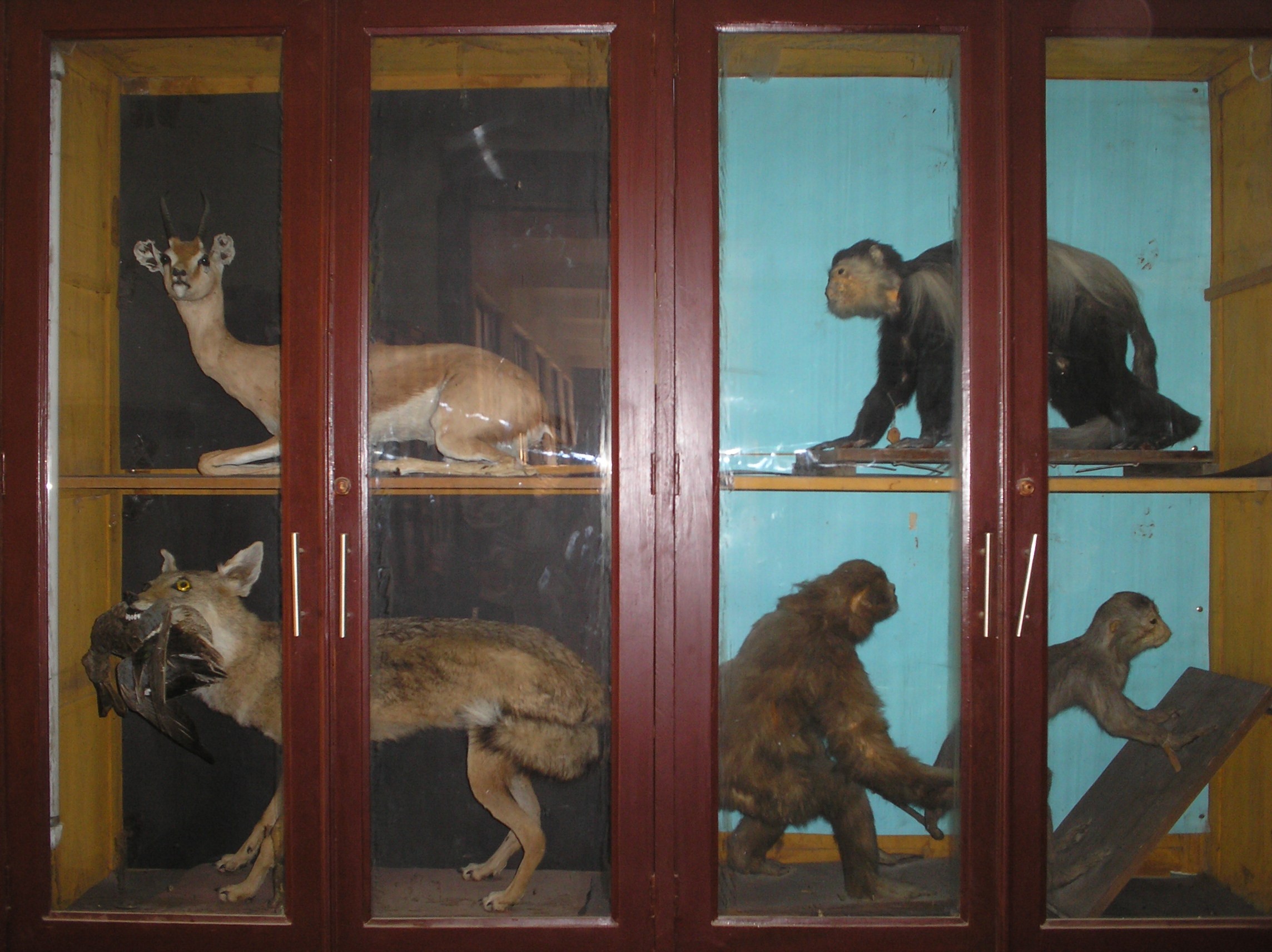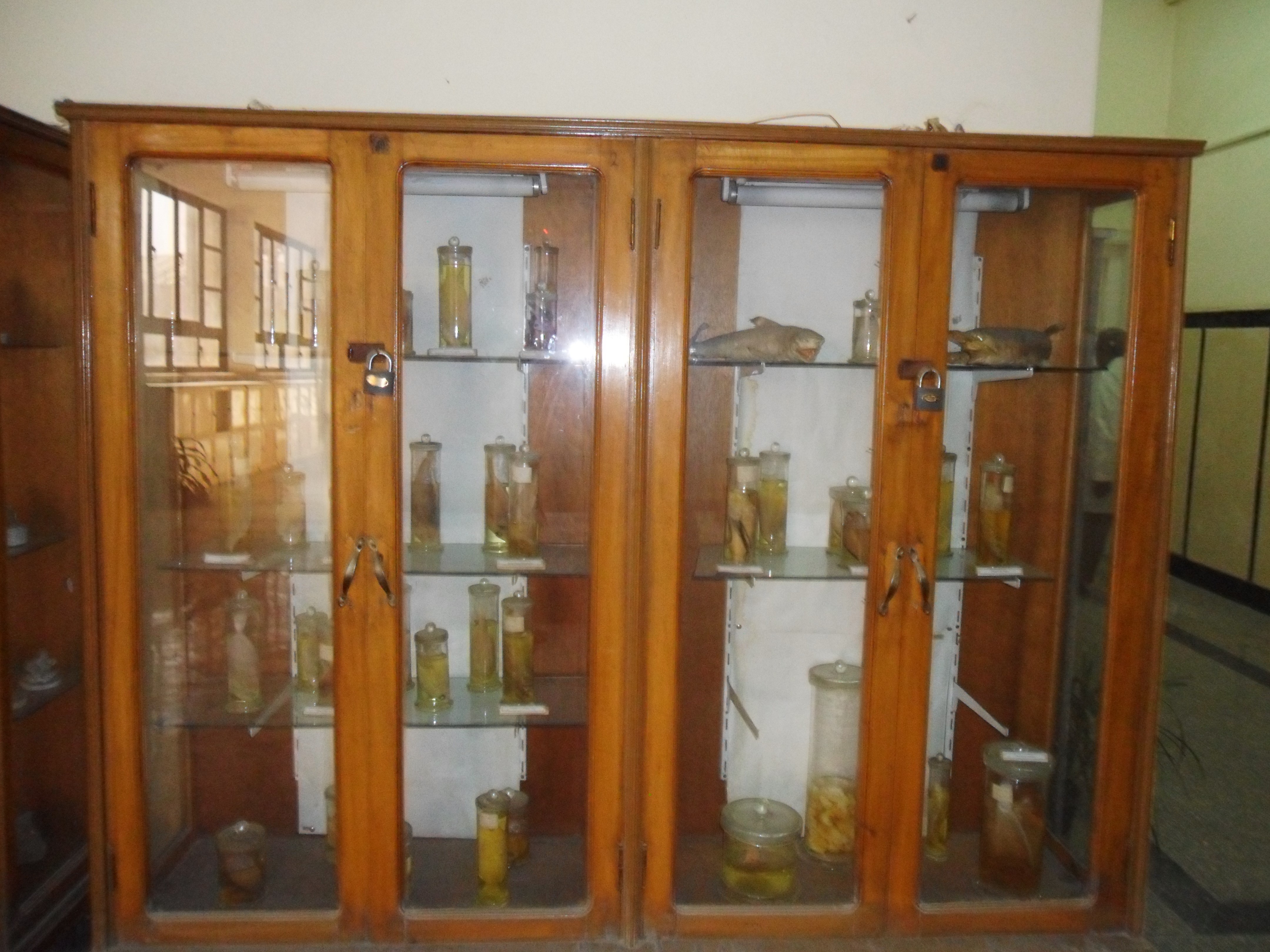Animals Scientific Museum
2022-06-07The Museum of the Department of Zoology, Faculty of Science, Ain Shams University was established with the beginning of the establishment in 1950 in the era of Prof. Kamel Mansour Nayrouz, then head of zoology department. This museum is one of the most beautiful museums coordinated and contain the largest amount of samples compared to museums of other universities, and the museum is located in the second and third floors of the old college building (Building C), and contains a large number of reference samples representing many denominations of the animal kingdom.
 |
 |
Invertebrate Collection: There are more than 160 invertebrate specimens, including al-Jouf collection, intestinal worms, arthropods, crustaceans, molluscs and skin nuclei. (45 specimens), coral reefs (152 specimens), crustaceans, molluscs, dermatophytes.
Vertebrate Collection: The vertebrate group includes five basic groups are fish, amphibians, reptiles, birds and mammals, estimated at more than 500 samples to include bony and cartilaginous fish, amphibians and reptiles of various types of lizards, snakes, turtles and crocodiles as well as a large group of birds with models of different nests as well as a group of mammals that include The Congo Museum includes monkeys, wolves and skeletons. The museum also includes stereoscopic models of brain structure and development in all animal communities and the composition of the eyes, teeth and kidneys and also preserved samples of human embryos and animals.
Wasef Reference Collection: This group was founded by the late Prof. Dr. Kamal Michael Wassef and includes several hundred small mammals collected from different regions of the Arab Republic of Egypt over the past fifty years, and the collection includes samples of all ranks of rodents and bats and insects Some of these specimens have been preserved in the form of skins, skeletons, or in preservative solutions. Mammals collected during field trips are continuously added to the group. This group represents an important reference for researchers and scholars from all faculties.
.svg)
